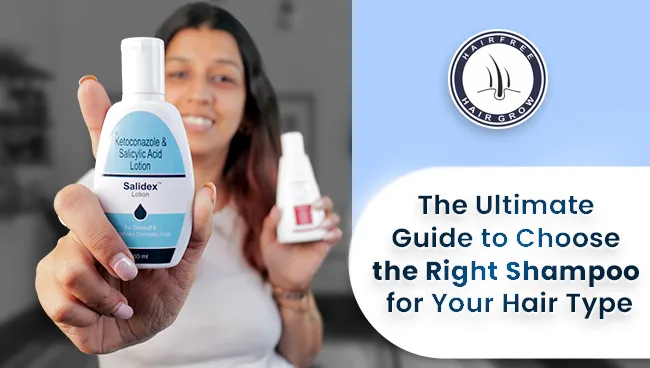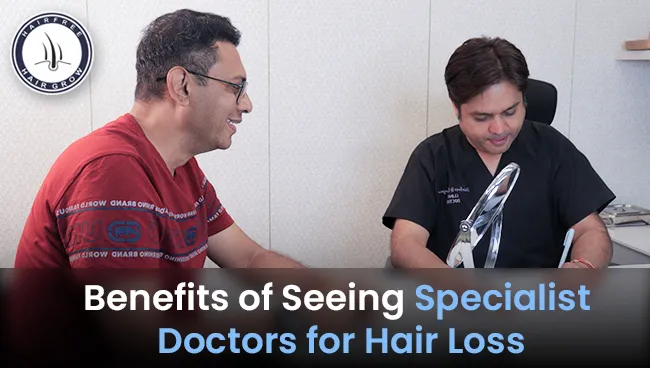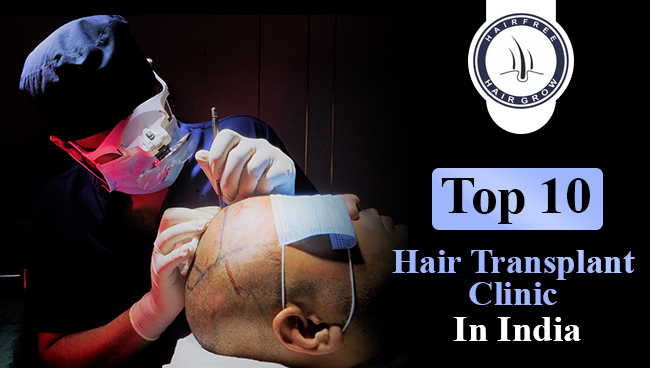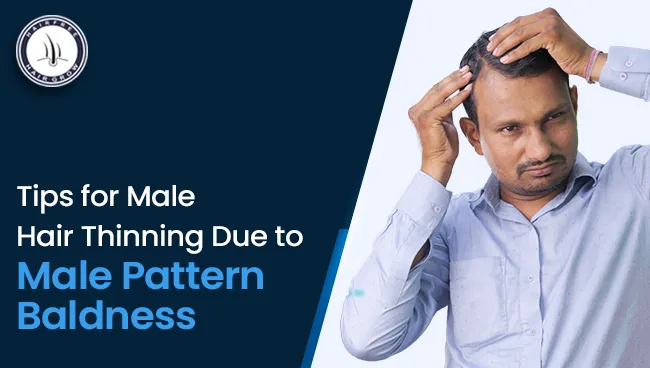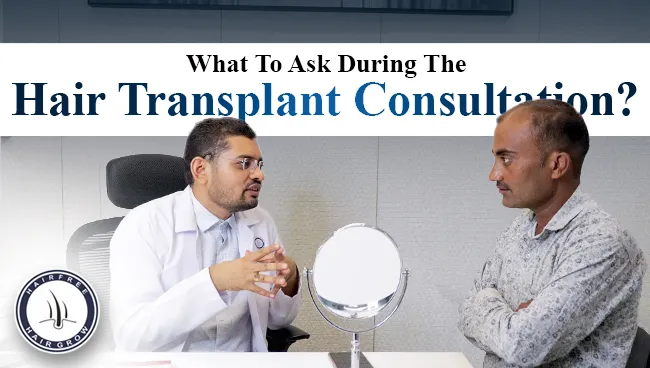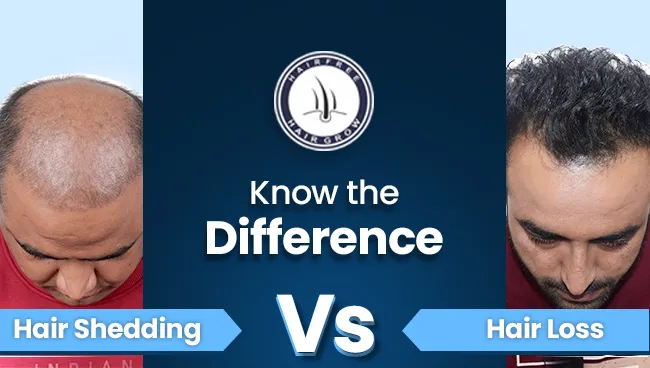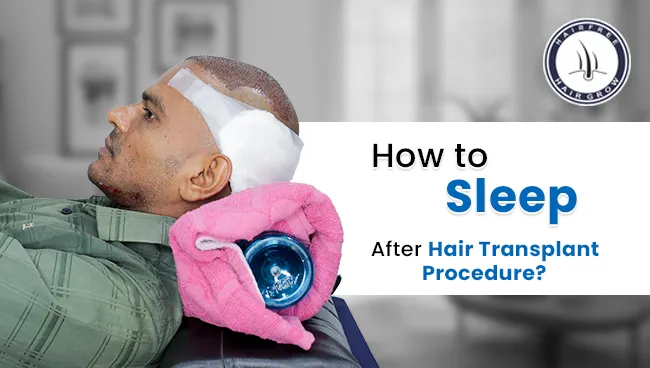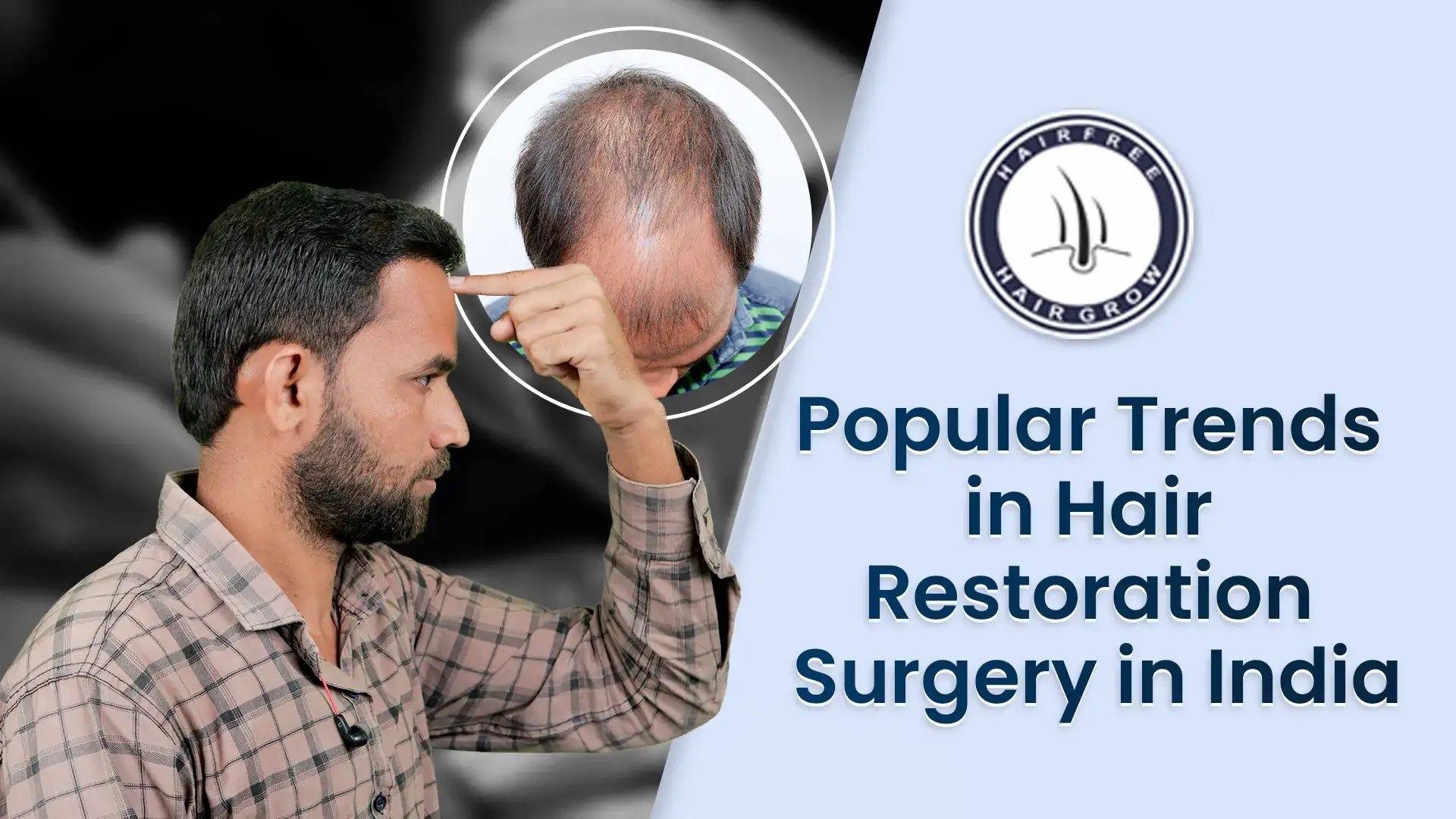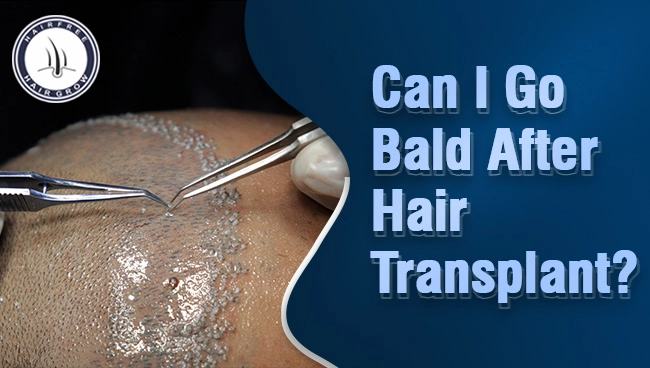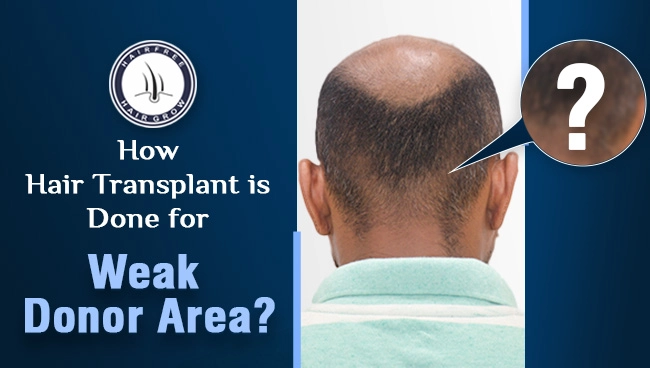Androgenic Alopecia is a generic word in Trichological (hair related) sciences for Male pattern hair loss and Female pattern hair loss. The causes that have been understood till now have been various. Some like genetic conditioning and past history of hair loss in family are recurrent, but there are also some reasons for hair fall which occurs only in few people.
But it is important to know more about Female hair loss pattern because Male hair loss is widely known. Female hair loss has its own idiosyncrasies and it has come under recent research as more than 42% of women are facing hair loss by the time they reach the age of 50.
Major Factors You Should Know About Androgenic Alopecia In Women
Hair shedding pattern is repetitive
With male pattern baldness, hair loss typically occurs on the top and front of the head. With female pattern baldness, thinning occurs on the top and crown of the head. This thinning in women often starts as a widening of the center hair part that leaves the front hairline unaffected.
Modern systems for classifying hair loss
To classify hair loss is to determine how the treatment proceeds and what sorts of medications are to be used. Today trichologist’s use Ludwig scale to determine androgenic alopecia which is divided into 3 types. Type 1 being the mild hair loss to Type 3 being the most rampant and bad case of hair loss. It is important to make a visit to your nearest Trichologist or Dermatologist for consultation.
Genetics are partly to blame
Evolution studies have shown that our ancestor’s genetics seep into us. It comes to us with all its advantages and disadvantages. And Androgenic Alopecia is also passed through to us too, but one can overcome it with Hair Free Hair Grow and by perfect 100% result oriented hair transplant.
Other probable causes of Alopecia areata (hair fall)
Genetics have generally been ascribed as the major cause of hair fall but there are other causes too. Hormonal changes are common during and after menopause and it is probable that androgenic alopecia seeps in that time. Diet of the person and the psychological stress can also cause hair fall or increase it.
Medications and their effectiveness
Various researches have shown that Minoxidil have been highly effective with women. They can either use solution or foam form and in 2 or 5% Minoxidil content. But for women it has been shown that 5% Minoxidil foam formula is highly effective. It has been advised that women shouldn’t use Finasteride or Dutasteride as they can cause hormonal imbalance and suppress the estrogen production of body.
How Does Female Hair Loss Differ From Male Hair Loss?
Hair loss, known medically as alopecia, can affect both males and females, but there are some distinct differences in the pattern, causes, and progression of hair loss between genders.
Pattern of Hair Loss
Causes
Hormonal Factors
Age of Onset
Psychosocial Impact
Medical Treatments for Female Hair Loss
Prescription Medications
Prescription medications like minoxidil and finasteride have shown promising results in treating female hair loss. Minoxidil, a topical solution, promotes hair growth by increasing blood flow to the hair follicles. Finasteride, an oral medication, helps in blocking the hormone responsible for hair loss.
Platelet-Rich Plasma (PRP) Therapy
PRP therapy involves injecting a concentration of platelets from your blood into your scalp. These platelets contain growth factors that stimulate hair growth and strengthen hair follicles. PRP therapy has gained popularity for its potential to improve hair density and thickness.
Hair Transplantation
Hair transplantation is a surgical procedure that involves removing hair follicles from one part of your body (usually the back of the scalp) and transplanting them to the areas with thinning or no hair. This procedure provides a more permanent solution for hair loss.
Low-Level Laser Therapy (LLLT)
LLLT involves using red light at a specific wavelength to stimulate hair growth. It’s a non-invasive treatment that is believed to enhance blood circulation in the scalp and promote hair growth.
Nutritional Supplements
Certain nutritional supplements, such as biotin, iron, zinc, and vitamins, can support healthy hair growth. Consult a healthcare doctor before starting any supplement regimen to make sure it’s suitable for your specific needs.
Hormone Therapy
Hormone therapy, particularly for women experiencing hormonal imbalances, can help regulate hormone levels and mitigate hair loss. It’s essential to consult a healthcare provider to determine if this treatment is appropriate for you.
Lifestyle Changes for Preventing Female Hair Loss
Preventing female hair loss often involves a combination of lifestyle changes, proper hair care, and addressing any underlying health issues. Here are some lifestyle changes that can help prevent or minimize hair loss in women:
Balanced Diet
Ensure you have a well-rounded diet rich in vitamins and minerals essential for hair health, such as iron, zinc, biotin, and vitamins A, B, C, and D. Include a variety of fruits, vegetables, lean proteins, whole grains, and healthy fats.
Hydration
Stay adequately hydrated by drinking enough water throughout the day. Proper hydration helps keep your scalp and hair healthy.
Manage Stress
Chronic stress can contribute to hair loss. Practice stress-reduction techniques like yoga, meditation, deep breathing, or any activity that helps you relax and manage stress levels.
Regular Exercise
Engage in regular physical activity to improve circulation, which can promote a healthier scalp and hair growth.
Avoid Tight Hairstyles
Avoid hairstyles that pull on your hair, such as tight ponytails, braids, or buns. These can cause stress and damage to the hair follicles.
Gentle Hair Care
Be gentle with your hair. Avoid excessive brushing, harsh hair treatments, and heat styling tools. Let your hair air-dry whenever possible and use a wide-toothed comb to detangle.
Protect from Sun and Pollution
Protect your hair from sun exposure and pollution, which can weaken hair and lead to hair loss. Wear a hat or use products with UV protection.
Avoid Smoking and Excessive Alcohol
Both smoking and excessive alcohol consumption can adversely affect hair health. Quit smoking and limit alcohol intake for overall well-being.
Adequate Sleep
Ensure you get enough quality sleep each night. Sleep is crucial for overall health, including hair health and growth.
FAQs on Female Hair Loss
What is the biggest reason for female hair loss?
Female hair loss can be attributed to various factors, with the most common being hormonal changes, genetic predisposition, medical conditions (e.g., polycystic ovary syndrome, thyroid disorders), stress, poor nutrition, and many hairstyles or treatments that can damage your hair.
What are tips for female hair loss?
> Maintain a balanced diet rich in vitamins and minerals.
> Avoid excessive styling, tight hairstyles, and harsh hair treatments.
> Manage stress through relaxation techniques like yoga or meditation.
> Regular scalp massages to improve blood circulation.
> Consult a healthcare professional for personalized advice and treatment options
How can I stop my hair from falling out naturally as a female?
> Eat a nutritious diet with ample fruits, vegetables, and proteins.
> Use mild shampoos and conditioners suitable for your hair type.
> Avoid excessive heat styling and harsh chemical treatments.
> Massage your scalp with essential oils like lavender or rosemary.
> Consider using natural remedies like aloe vera or coconut oil.
Which vitamin is best for hair fall control?
Vitamin D, B vitamins (particularly Biotin and B-complex), and Vitamin E are often recommended for promoting hair health and reducing hair fall.
Can female hair loss grow back?
Yes, depending on the cause of hair loss and the appropriate treatment, female hair loss can often be reversed, and hair can regrow. It’s important to consult a healthcare professional to determine the cause and develop an effective treatment plan.
Which is the best oil for hair fall?
Different oils like coconut oil, castor oil, almond oil, and jojoba oil can be beneficial for reducing hair fall. The best oil for you may depend on your hair type and specific needs.
Can onion juice regrow hair?
Some studies suggest that onion juice may promote hair growth and reduce hair loss. It is believed to have properties that can stimulate hair follicles. However, more research is needed to confirm its effectiveness.
Which hair food is good for hair growth?
Foods rich in vitamins, minerals, and proteins, such as eggs, fish, nuts, seeds, spinach, berries, sweet potatoes, and avocados, are excellent for promoting hair growth and overall hair health.
Which deficiency causes hair fall?
Deficiencies in various vitamins and minerals, including iron, zinc, Vitamin D, Vitamin B12, and biotin, can contribute to hair loss. It’s important to have a well-balanced diet and consult a healthcare professional if you suspect a deficiency.
If you are looking for best hair transplant clinic and best surgeon, then HairFree HairGrow is one of the best hair transplant clinic in India.
15+ Branches : Surat, Ahmedabad, Pune, Kolkata, Indore, Bhopal and Mumbai and many more.
Dr.Chintan Bhavsar is one of the Best and Experienced Hair Transplant Surgeon in Surat.
For Consultation, Call/WhatsApp on: +91-7272832222


